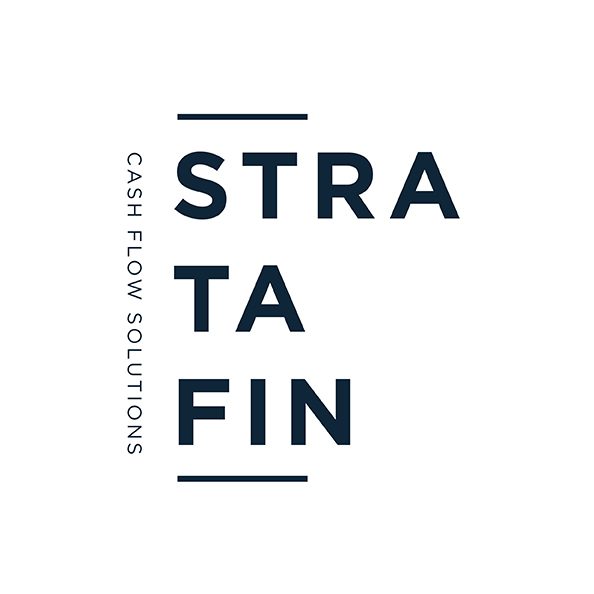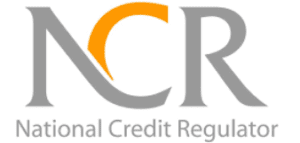Dealing with finances in a Sectional Title Scheme can often be an unpredictable and daunting task for owners and Trustees, with many factors to consider.
Should a Sectional Title Scheme find itself in need of financial assistance, it has a handful of options to choose from. Making the right decision for the Scheme can be a complicated and often difficult choice for the members and can often lead to the Body Corporate falling into a Debt Trap.
What is a Sectional Title Debt Trap?
A debt trap means that the Body Corporate owes a large amount of money to one or more financial institutions or service providers without an end in sight for the repayments. These repayments can feel never-ending for the owners and the Scheme. The reason that happens is due to the interest charged on the initial loan amount continues to rack up which leads to the Body Corporate never actually being able to afford to repay the capital.
In Sectional Title Schemes, debt traps normally start when financial institutions give loans linked to the outstanding levy debtors book and charge interest on the loan to the Sectional Title Scheme until such time that the outstanding levies are paid by the debtor or legal action has been taken to completion. This can take many years to come to finality. The amount borrowed by the Body Corporate can be repaid multiple times before the debt is eventually collected from the levy arrears.
The second way this happens is if the Sectional Title Scheme takes out a revolving loan facility. The debt trap is exacerbated when the revolving loan is connected to the outstanding levies and the collection thereof.
It is almost impossible to determine how long it can take to collect substantial outstanding levies and as such, the Body Corporate has no idea how long it will be paying interest on the loan amount.
The court process is unpredictable and where there is no financial incentive to push for the finality of the levy collection process, it will invariably take much longer to finalise the matter.
In general, companies that provide financial solutions to Sectional Title Schemes don’t have to be registered under the National Credit Act, and these loans don’t have to comply with the statutory obligations of loans under the Credit Act. This provides an opportunity for owners to be taken advantage of by the very people they thought were helping them.
Both of these types of loans promise to pay the Scheme their full outstanding debtors book as a loan on the condition that it is repaid by the Body Corporate with interest until the outstanding levies are collected from the defaulting owners. Owners are often fooled by the idea of receiving the full amount of the outstanding levies as a loan, pending the collection from the debtor for the repayment of the capital. If you consider the long-term effects, the scheme ultimately pays more in interest and legal fees than the initial capital amount that was loaned – hence the term ‘Debt Trap’.
This interest charged monthly is paid by the compliant, paying owners out of the administrative budget.
A Scheme should rather consider the use of a loan, only to pay for capital expenditure or repairs and maintenance of large items, rather than to cover day-to-day expenses.
One way to get your Scheme out of a debt trap is to take out an additional loan at a fixed term and fixed interest rate to pay off the financial institution. This may seem counter-intuitive, but if you know the loan period, interest rate, and total repayment upfront, the Scheme will be in a much better financial position going forward, than be stuck in a structure where the Scheme has little to no control over the period that the loan is running.
I’m in a debt trap, how can I get out of it?
Another alternative is to outright sell your debtor’s book. Although this option comes with the condition that the scheme accepts a discounted amount upfront, the advantage is that there is certainty as to what the Scheme is going to receive, plus there are no monthly repayments or legal fees to burden the already fragile scheme.
The discounted amount received relates to the interest, legal fees, and cost of money over the period of collection, with the advantage of economies of scale in your favour.
So, what is perceived as a negative is in fact a huge positive.
We are here to help
Stratafin has pioneered this solution in South Africa specifically to ensure that your Sectional Title Scheme does not get caught in a debt trap, but rather gets much-needed cash flow without the negatives mentioned above.
If you have found yourself in a debt trap in your Sectional Title Scheme and can’t see a way out of it, contact us today. We will assess your financial situation and give you advice on your best route to financial freedom.
WRITTEN BY WILLIE ROOS












